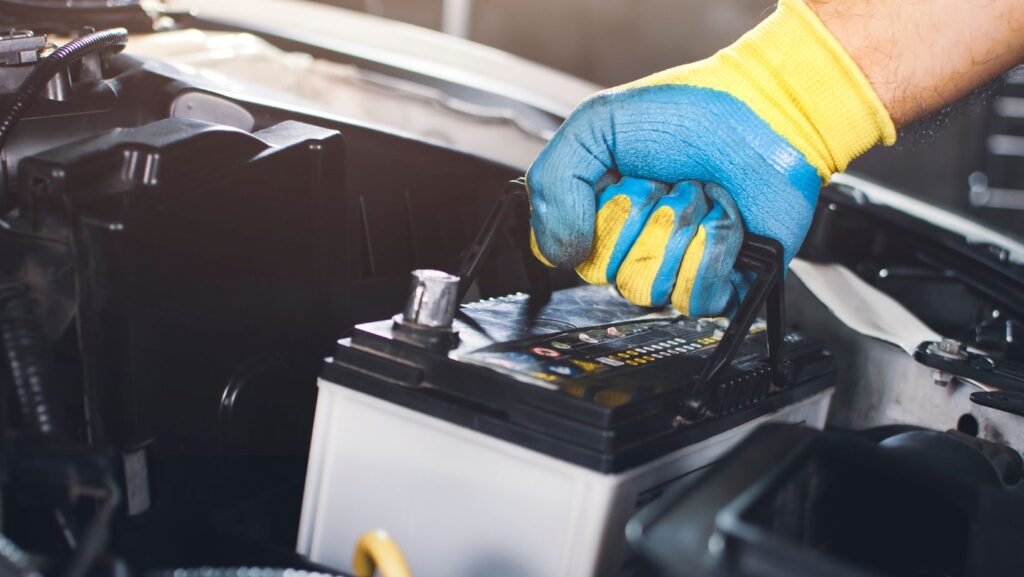When it comes to enjoying life on the water, having a reliable power source is crucial. Whether you’re navigating on a leisurely cruise, fishing, or embarking on offshore adventures, the right marine battery can make all the difference. With a myriad of options available, selecting the perfect battery for your boat can feel overwhelming. This guide will walk you through the key considerations and help you find the best battery that meets your needs.
Understanding Marine Batteries
Types of Marine Batteries
Marine batteries primarily fall into two categories: starting batteries and deep-cycle batteries. Understanding their differences is essential:
• Starting Batteries: Designed to provide a quick burst of energy to start your engine, these batteries excel in delivering high cranking power. They aren’t suitable for providing consistent power over an extended period, making them ideal for powering motors in the short term.
• Deep-Cycle Batteries: On the other hand, deep-cycle batteries are engineered to deliver steady energy over longer durations. These are essential for powering equipment such as lights, fish finders, and sound systems. They can often be discharged to a much lower level without damaging their lifespan, ensuring your day on the water isn’t cut short.
Battery Construction
Another critical aspect to consider is the construction of the battery. Most marine batteries employ either flooded lead-acid, absorbed glass mat (AGM), or gel technology.
• Flooded Lead-Acid: Economical and widely used, these batteries require regular maintenance. They should be checked for water levels and can release gases during charging.
• AGM Batteries: These batteries have a sealed construction that prevents spills and makes them maintenance-free. They excel in performance but tend to come with a higher price tag.
• Gel Batteries: Like AGM, gel batteries are sealed and also maintenance-free. However, they are more sensitive to temperature fluctuations.
For reliable battery options for boats and yachts, exploring different offerings may yield the best fit for your boating lifestyle.
Key Considerations for Choosing Your Marine Battery
1. Purpose of Use
Before diving deeper into specifications, you must clarify how you plan to use your marine battery. Do you need it primarily for starting your engine, or is your primary focus on using onboard electrical equipment? If you’re running extensive electronics, a deep-cycle battery might be more suitable.
2. Battery Size and Weight
Consider the physical size and weight of the battery. The dimensions will need to fit within your boat’s designated battery space, and weight is essential for maintaining your boat’s balance and performance. Keep in mind that larger batteries typically offer more capacity.
3. Capacity Ratings
Battery capacity is measured in amp-hours (Ah). This rating indicates the total amount of current a battery can supply over a certain period. Depending on your usage, you may require a battery with a higher Ah rating. For example, a battery rated at 100 Ah can provide 5 amps for 20 hours.
4. Cold Cranking Amps (CCA)
If you often navigate in colder waters, pay attention to the cold cranking amps (CCA) rating. This figure indicates the battery’s ability to start an engine in freezing conditions. A higher CCA rating is essential for reliable starts when temperatures dip.
5. Lifespan and Maintenance
Different types of batteries have varied lifespans. Flooded lead-acid batteries generally last around 3-5 years with proper maintenance, while AGM and gel batteries can last longer.

Assess how much maintenance you’re willing to perform when deciding which type to choose.
Additional Features to Consider
• Warranty: Look for batteries with comprehensive warranties. A longer warranty period can offer insight into a manufacturer’s confidence in their product.
• Brand Reputation: Researching brands and their customer reviews can guide you toward high-quality products. Trusted manufacturers often have proven track records.
Recycling and Disposal
Always keep in mind the responsible disposal of your marine battery. Lead-acid batteries contain hazardous materials and should never simply be thrown away. Many retailers offer take-back schemes and disposal services to ensure they’re managed safely.
Installation Tips
To ensure optimal performance from your marine battery, proper installation is critical. Here are some key points to remember:
• Ventilation: Ensure that the installation area is well-ventilated to prevent gas buildup, particularly for flooded lead-acid batteries.
• Secure Connections: Use marine-grade terminals and secure all connections to avoid loosening due to vibrations while at sea.
• Regular Checks: Make it a point to check your battery regularly for corrosion and damage, as these can affect performance over time.
Final Thoughts
Choosing the right marine battery for your boat is essential for a worry-free experience on the water. By understanding the differences between battery types, carefully considering your usage needs, and keeping sensible installation and maintenance in mind, you’ll find a reliable power source.
Taking the time to research various options is vital. For reliable battery options for boats and yachts, numerous sources can guide you to the right product tailored to your specific needs. Your next adventure awaits, powered by the right battery! So go out there, explore the waters, and enjoy your time on the boat with confidence.


